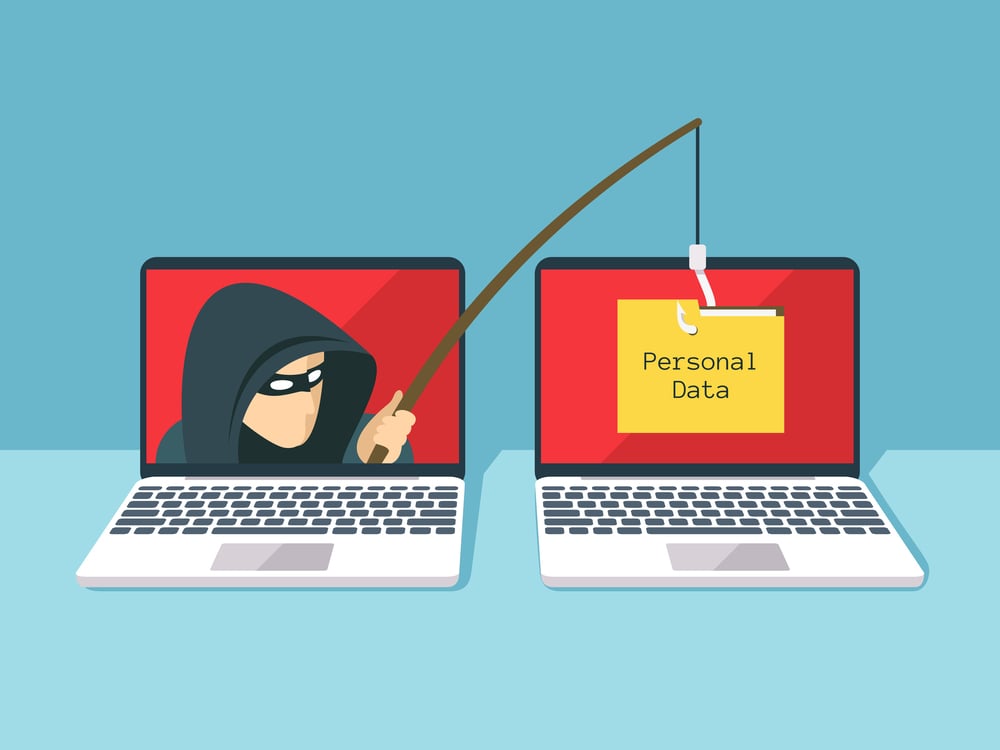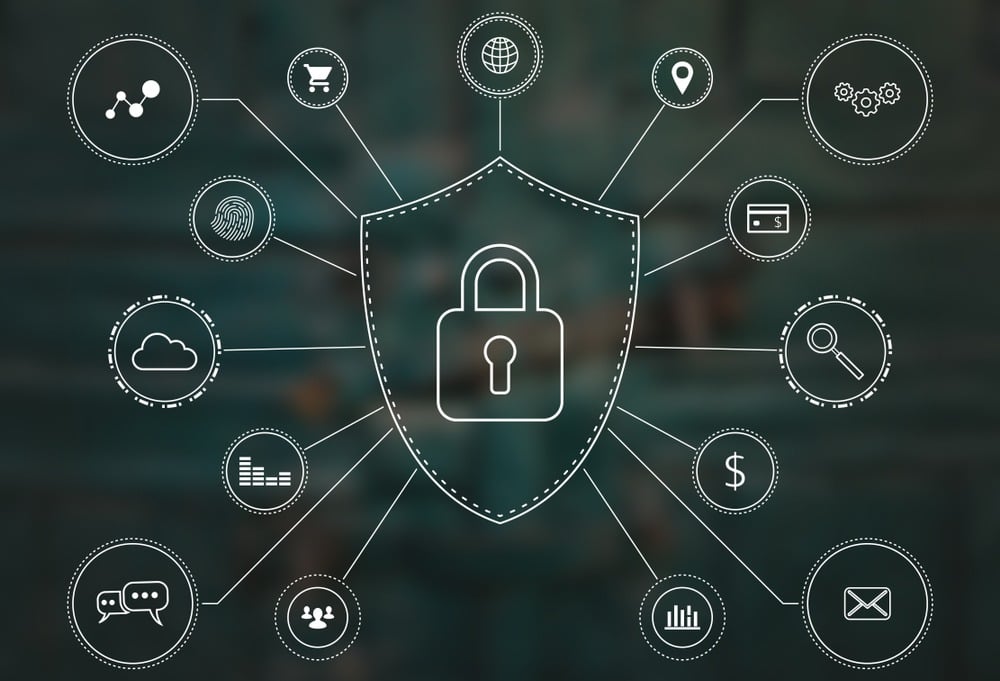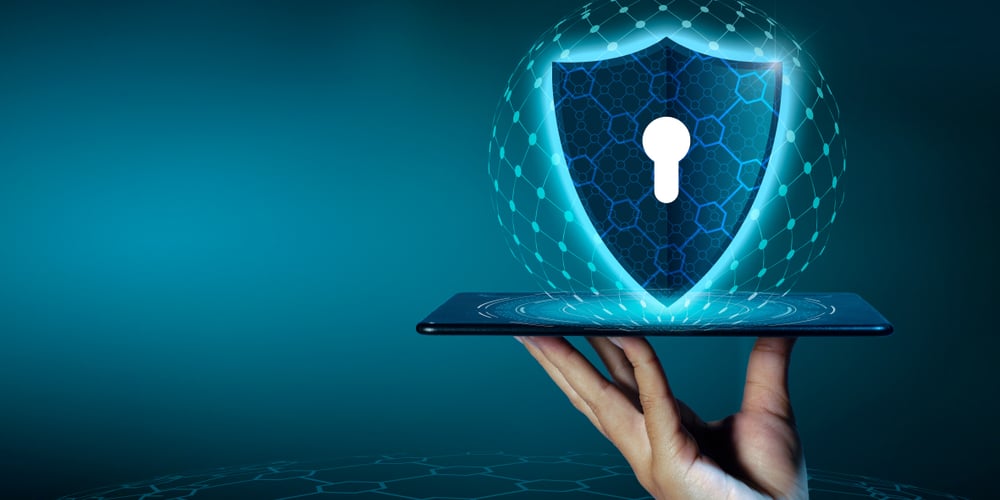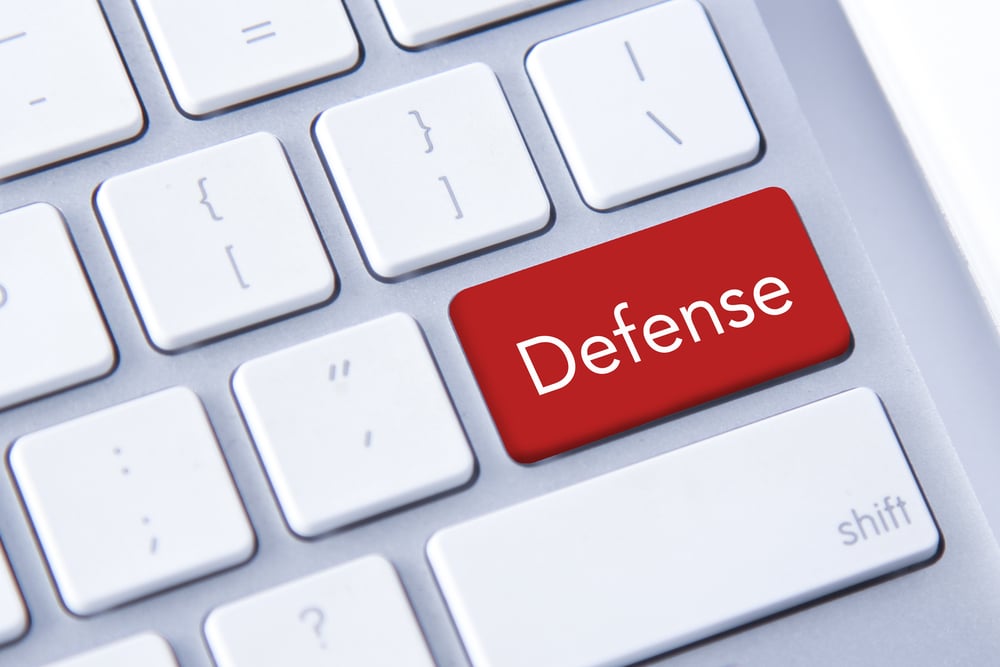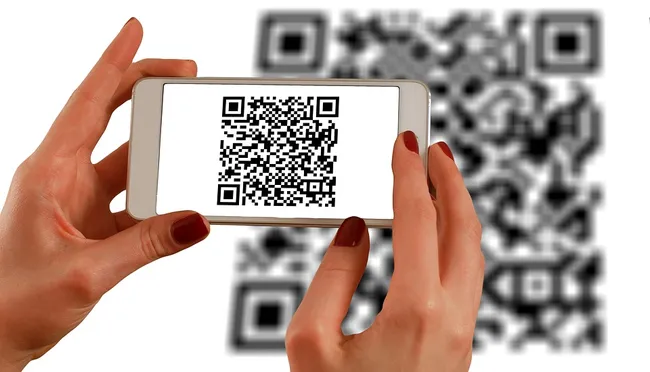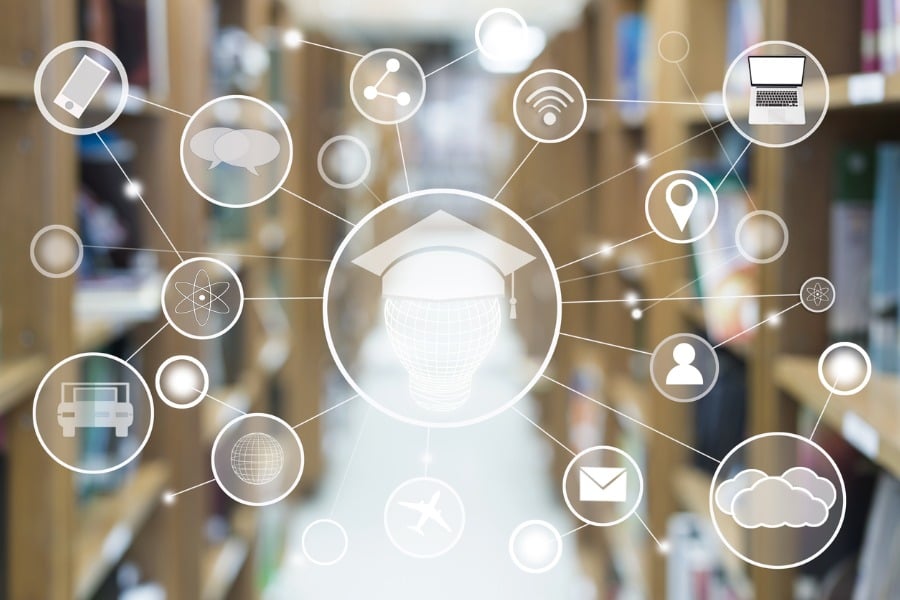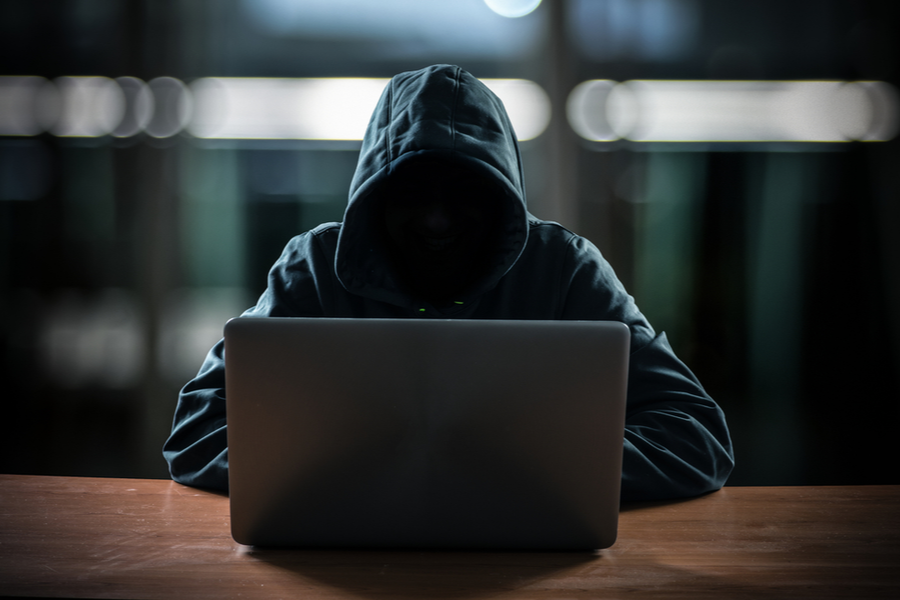A white paper released by PIXM highlights an alarming trend in cyberattacks targeting school districts across the United States. This document uncovers a significant uptick in spear phishing campaigns over the last two months, orchestrated by two notorious threat groups known as Tycoon and Storm-1575.
Identity Automation Blog
Blog Categories
- Cybersecurity (134)
- Company News (101)
- K-12 Education (80)
- RapidIdentity (71)
- Multi-Factor Authentication (69)
- Higher Education (44)
- Identity Governance (43)
- Identity Lifecycle Management (32)
- Single Sign-On (32)
- Healthcare (29)
- Access Management (19)
- Government & Public Sector (5)
- Identity Automation Pathfinder (1)
Enhancing Security with OAuth 2.1: What You Need to Know
OAuth is a standard for sharing user account authentication data across various platforms. The name of this technology is quite literal - it's called Open Authorization. OAuth is an open standard that has been in development since 2006 when software engineer Blaine Cook worked on Twitter's OpenID implementation. Google joined in 2007, and OAuth 1.0 was released in 2010. Since then, many tech companies, including Facebook (Meta) and Microsoft, as well as smaller platforms, have adopted the open standard. OAuth 2.0 was published in 2012 and has been the most widely used open standard for user account federation ever since.
Passwordless Authentication
Passwords are one of the most confusing concepts in secure authentication for typical users.
What is ITDR (Identity Threat Detection Response)
The past couple of decades have seen an immense evolution in the cyber threat landscape and how organizations and enterprises utilize IT. Threat actors develop new cyber exploitation techniques, and concurrently cybersecurity solution vendors develop new technologies and methodologies. Those new technologies and methodologies often get branded with a new acronym that soon became part of the vernacular of SOC analysts everywhere.
QR Codes are an Emerging Cyberattack Vector
It’s 2023, and QR codes have been ubiquitous for well over a decade now.
Protecting Your Institution from the Threat of Spear Phishing
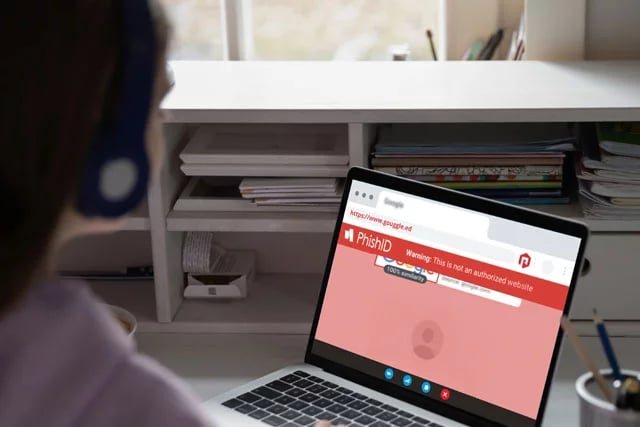
Spear phishing is one of the most potentially destructive types of cyberattacks ever.
The Evolution of Technology and the Power of IAM
.png?width=900&height=235&name=ISTE%20header%20(1).png)
Why Zero Trust Is the Foundation of a Strong K-12 Cybersecurity Program
While technology has created boundless new opportunities for learning, it has also produced ever-growing data security challenges. In years past, cyber defensive strategies were confined to internal environments.
White House Warns of Imminent Cyber-Risk: Tech Giants Immediately Confirm Breaches
On Monday (3/21/22), the White House released a statement by President Biden on our Nation’s Cybersecurity warning that “based on evolving intelligence” U.S. companies and organizations need to urgently harden their cybersecurity defenses against potentially imminent cyberattacks.
Why Your Institution's Community is the Greatest Ransomware Threat
Cybersecurity experts have long touted that “the traditional perimeter is dead” and have advocated for a zero-trust and identity-centric approach to security. However, if your identities are the most important element of a modern cybersecurity program, it is an unfortunate, but real truth that they are also the biggest threat to your systems.
current_page_num+2: 3 -
